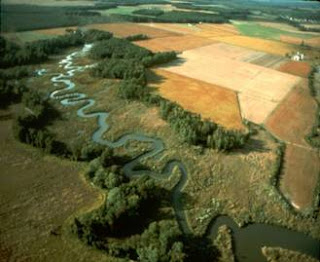E Estates
E Estates.co is your one stop shop for Land and Property Speculation - Contact us today
Monday, 17 October 2011
Why Land and Property Speculation?
In this time of increasingly diminishing returns on many traditional investments such as CD's and "blue chip" stocks and bonds many investors are looking at alternative investment vehicles which may offer the opportunity for much higher yields. As part of this process many investors might want to consider investing in "pre-development" or "raw" land as part of their portfolios.
Who Should Invest?
I am sure many readers have a friend or relative who bought a piece of raw land for a relatively small amount which was sold some time later for an astonishing sum relative to the purchase price. Be forewarned, however, raw land investment is not for everyone. As with any investment that has the potential to yield tremendous returns there is a significant risk factor as well.
The two main qualities of the successful land investor are patience and common sense and a willingness to spend the time and effort necessary to understand the risk / reward tradeoffs. It is necessary at this point to differentiate between an investor who purchases raw land with the intent of actively pursuing its development and the investor who seeks to speculate on the probability of an increase in value but takes no active role in development and more or less "sits" on the land anticipating a point where it makes sense to sell.
The Early Bird Gets the Worm
The bottom line for the speculative investor is to make their purchase at a point in the land development cycle where growth is close enough in both time and proximity that a reasonable determination that it will be in the path commercial development can be made but to purchase before prospective commercial users for the land have entered the market and caused to values to accelerate.
In this land development cycle the most readily identifiable area(s) to find good land investments are at the stage in the development cycle where the municipal authorities have identified the area(s) where they wish to direct commercial growth but at least several years before the municipal infrastructure of services has been laid in. This type of property is often found just over the City municipal service boundaries in the County where urban (or suburban) and rural areas divide.
This information is easily obtained by a visit to your local Planning and Zoning office. Most municipalities worth investing in have some sort of "Master Plan" document(s) for sale that specify the desired type and direction of growth for intervals of 5 to 30 years. A polite inquiry to a zoning official (who often spend a good deal of their time making these plans) can also be the source of some very good information about municipal attitudes toward growth in particular areas and current time lines for development of these areas.
Subscribe to:
Post Comments (Atom)


No comments:
Post a Comment